Full Automatic Constant Pressure Variable Frequency Water Supply Equipment is a new generation of hi...
See DetailsSingle Stage Vortex Pumps: Powerful Solutions for Handling Challenging Fluids
Industry News-In industries where fluid handling involves liquids containing solids, fibers, or other debris, the Single Stage Vortex Pump stands out as an effective and reliable solution. Known for its unique hydraulic design and robust performance, the single stage vortex pump is specially engineered to manage difficult fluids without clogging, making it an invaluable asset across municipal, industrial, and agricultural applications.
With ongoing advancements and increasing demands for efficient, low-maintenance pumping systems, the single stage vortex pump is steadily gaining prominence as a choice for challenging pumping tasks.
What Defines a Single Stage Vortex Pump?
Unlike conventional centrifugal pumps, which rely on impellers to push fluid radially, vortex pumps operate by generating a strong vortex flow within the pump casing. The impeller does not directly contact the solids; instead, the swirling motion gently suspends and transports solids and debris through the pump.
Key features include:
Single Stage Operation: The pump has one impeller stage, simplifying design and maintenance.
Non-Clogging Vortex Action: Handles solids, fibers, and viscous fluids without blockage.
Durable Construction: Built to withstand abrasive materials and tough environments.
Self-Priming Ability: Many models can handle fluid-air mixtures, easing startup.
Advantages Over Traditional Pumps
The single stage vortex pump offers several operational benefits that address common challenges in fluid handling:
Solids Handling: The vortex design allows passage of solids up to a certain size without damage or clogging.
Low Shear Pumping: Gentle pumping action preserves delicate solids and reduces fluid shear, ideal for wastewater and slurry.
Reduced Wear: Since solids do not contact the impeller directly, wear and tear are minimized, extending service life.
Versatile Installation: Capable of handling fluids with varying viscosities and densities.
Maintenance Friendly: Simple design means easier access for inspection and repair.
Primary Industry Applications
The unique pumping characteristics of single stage vortex pumps make them suitable for a variety of sectors:
Municipal Wastewater Treatment: Efficiently moves sewage, sludge, and debris-laden water through treatment plants.
Industrial Effluent Management: Handles wastewater containing fibers, pulp, or suspended solids from paper mills, food processing, and textile industries.
Agriculture and Irrigation: Pumps slurry, manure, and irrigation water with suspended particles.
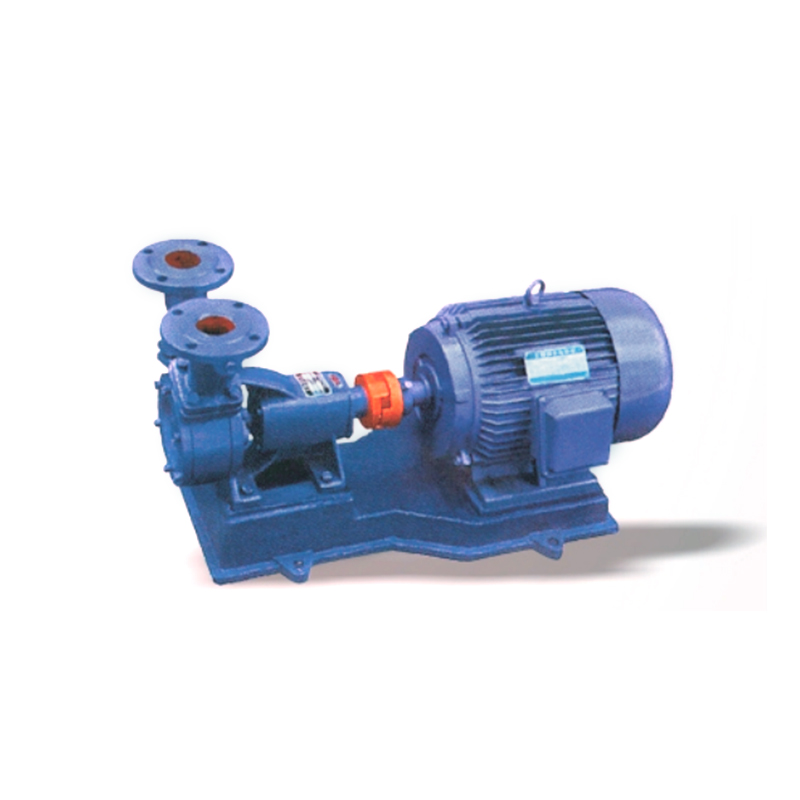
Mining and Mineral Processing: Moves abrasive slurries and waste fluids without clogging or damage.
Construction Dewatering: Removes muddy water and slurry from excavation sites.
Technological Innovations and Trends
Manufacturers are continuously refining single stage vortex pump designs to meet evolving market demands:
Advanced Hydraulic Modeling: Utilizing computational fluid dynamics (CFD) to optimize vortex flow patterns, improving efficiency and reducing power consumption.
Improved Materials: Use of high chrome alloys, stainless steel, and specialized coatings to enhance wear resistance and corrosion protection.
Energy Efficiency Enhancements: Integration with variable frequency drives (VFDs) allows pumps to operate efficiently under variable load conditions.
Smart Monitoring: Incorporation of sensors and IoT connectivity for real-time monitoring of pump health, enabling predictive maintenance and reducing downtime.
Modular Design: Facilitates quick replacement of wear parts and reduces maintenance costs.
Market Drivers and Challenges
The global single stage vortex pump market is experiencing growth driven by:
Rising Infrastructure Development: Increased investment in municipal wastewater treatment and industrial effluent systems globally.
Environmental Regulations: Stricter discharge standards necessitate reliable pumps capable of handling complex wastewater.
Industrial Expansion: Growth in food processing, mining, and agriculture sectors fuels demand for robust solids-handling pumps.
Retrofitting Projects: Aging facilities upgrading to modern vortex pumps to improve reliability and reduce operational costs.
However, certain challenges persist:
Limited Head Pressure: Single stage vortex pumps typically deliver lower pressures compared to multistage alternatives, limiting some high-pressure applications.
Initial Capital Investment: High-quality materials and specialized designs may to higher upfront costs.
Handling Extremely Large Solids: While effective, there are limits to the size of solids that can pass through without risk of damage.
Future Outlook
Looking forward, single stage vortex pumps are set to maintain their role as essential components in fluid handling systems that demand reliability and solids handling capability.


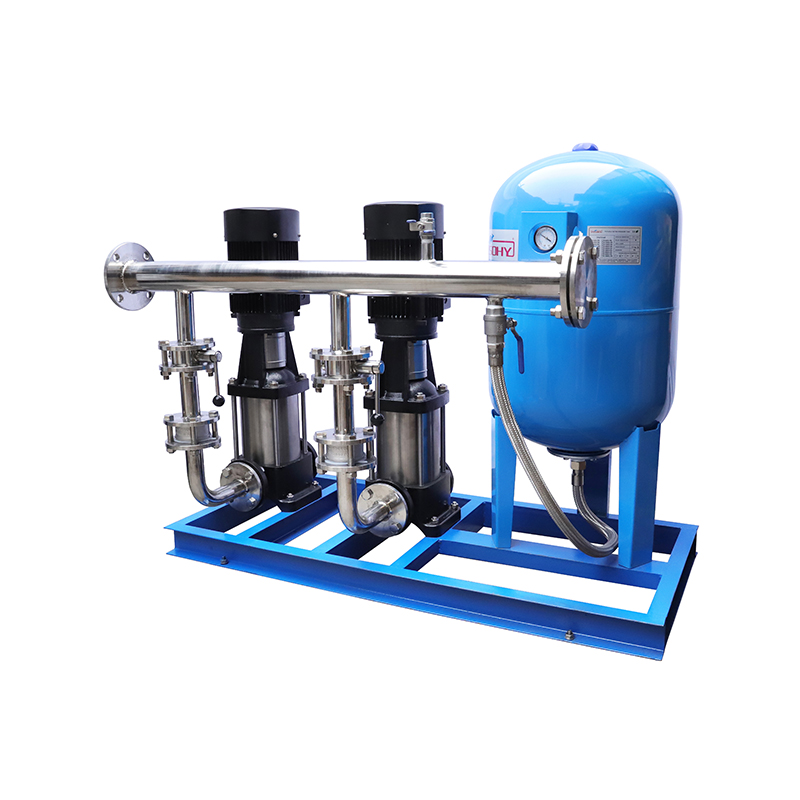
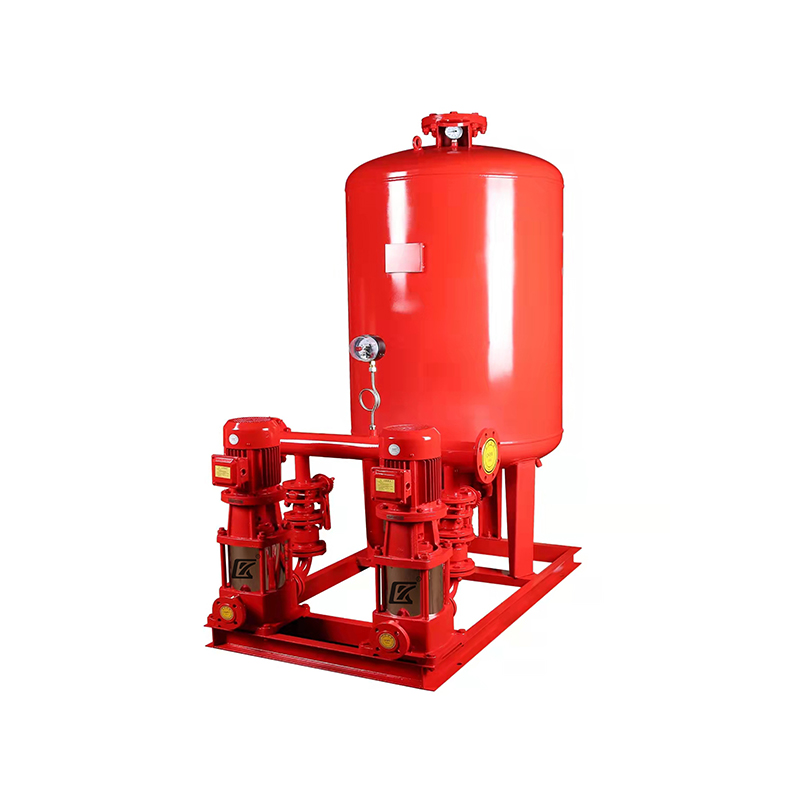
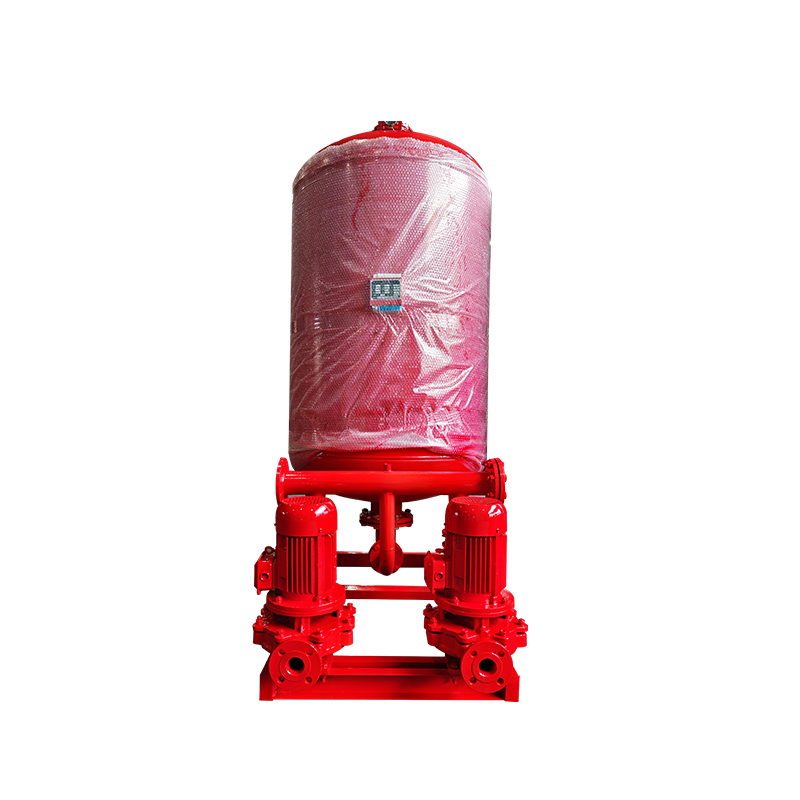

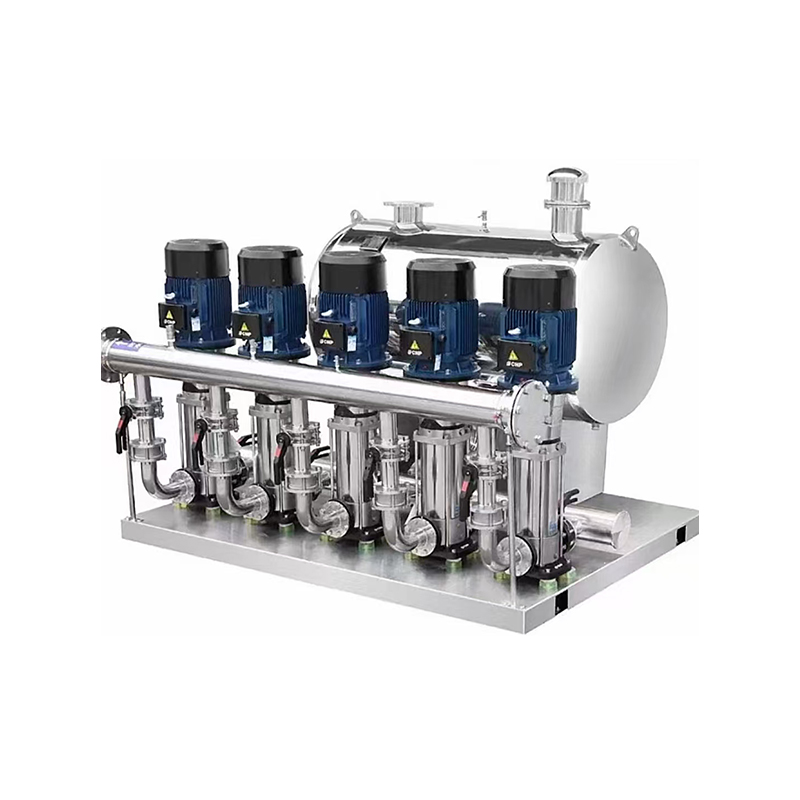
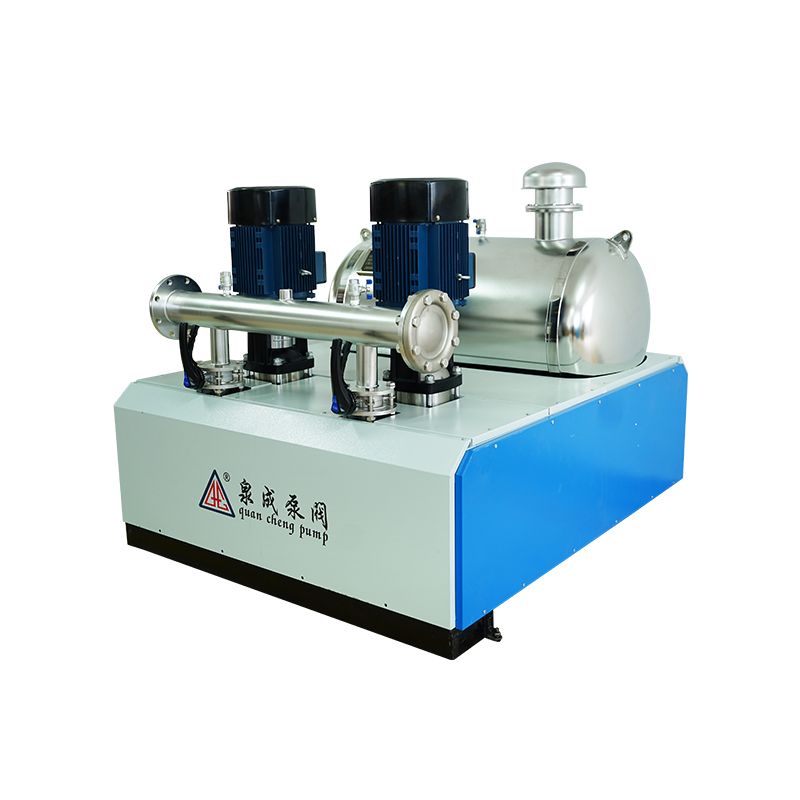
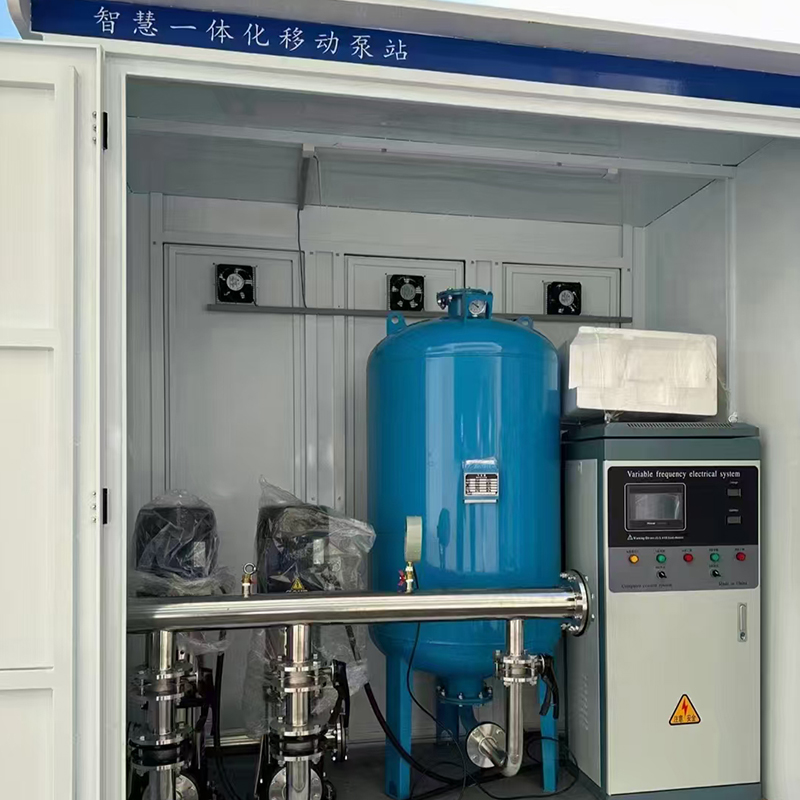

 浙公网安备33032402001888号
浙公网安备33032402001888号
